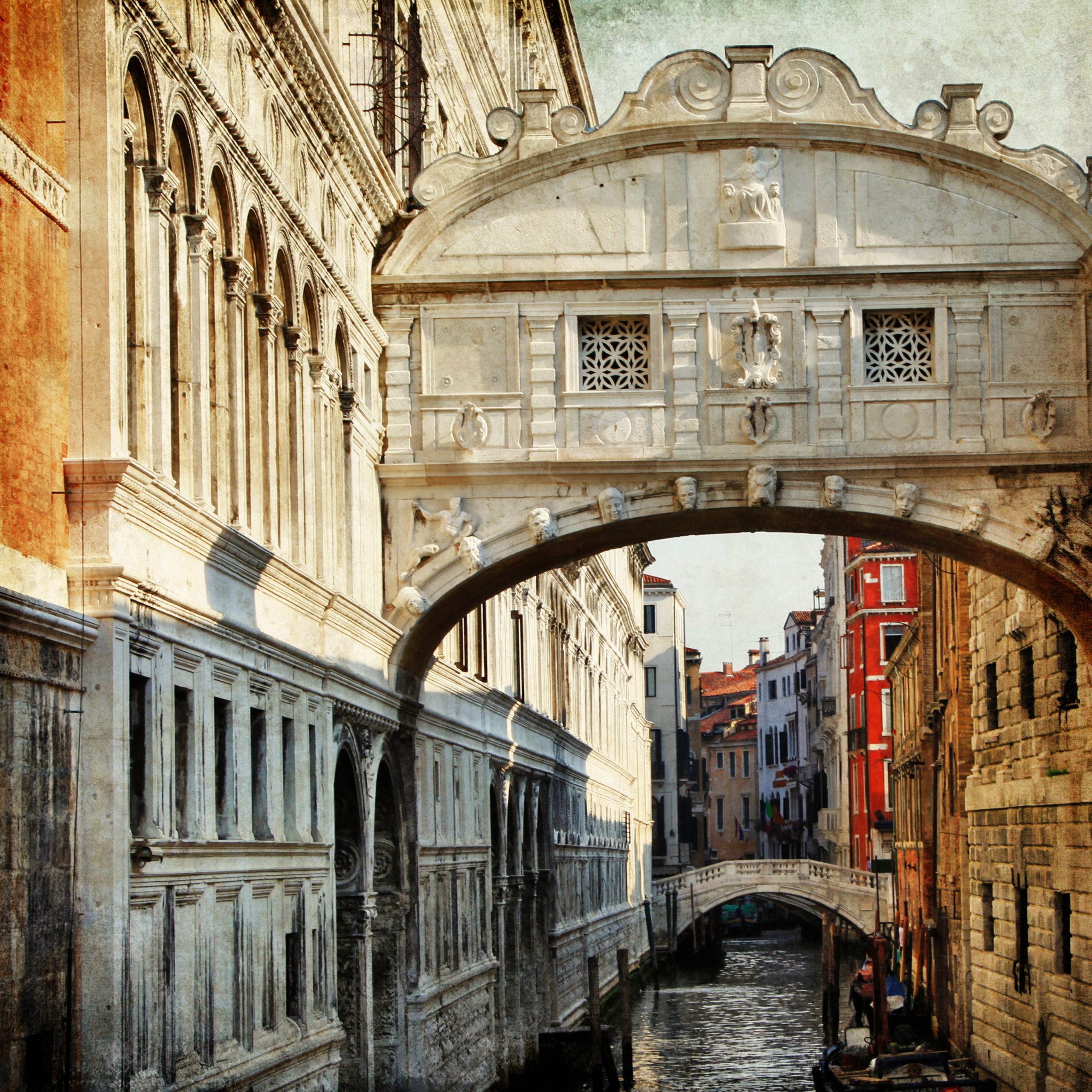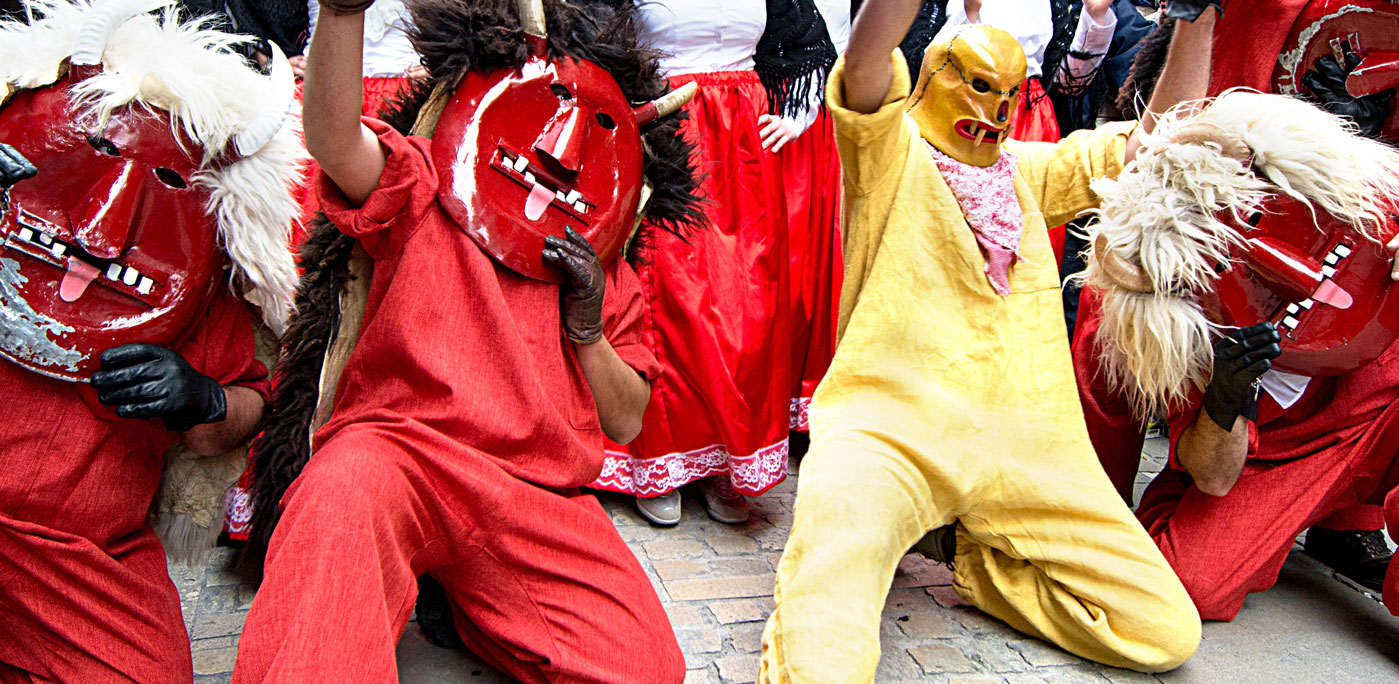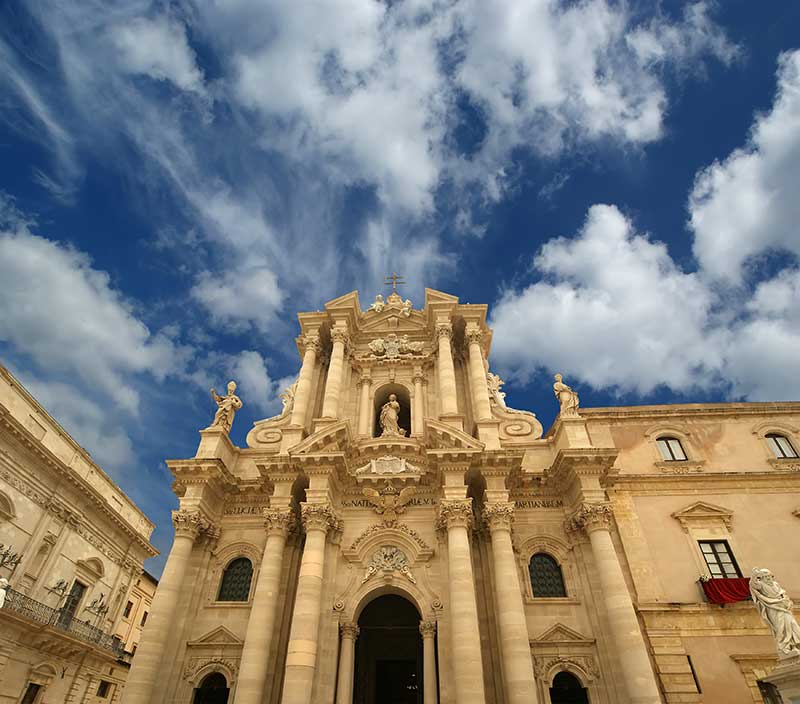The Bridge of Sighs in Venice is an iconic location. Tourists flock to take its picture, lovers and selfie sticks jostling for the best view. But few know the real history of the bridge, how it got its name or realize that it has links to the justice courts in Pittsburgh, Pennsylvania. And fewer still understand that it’s more closely linked to imprisonment and death than romance. Here are six facts you probably didn’t know about Venice’s beautiful Bridge of Sighs.
The bridge was designed by architect Antonio Contino
The name probably doesn’t mean much but local designer Antonio Contino came from good stock. His uncle Antonio da Ponte was the Proto al Sal or lifetime superintendent of public building works in Venice and also the architect of one of Venice’s other iconic sights; the Rialto Bridge on the Grand Canal. In 1589 da Ponte took over work on the new prison next to the Doges Palace and, after his death in 1595, his nephews Antonio and Tommaso Contino finished the job in 1614 having added the wonderfully decorative Bridge of Sighs in around 1602.
How did the Bridge of Sighs get its name?
Many people think that the Bridge of Sighs, or Ponte dei Sospiri in Italian, gets its name from the sighs of love-struck couples when they see the pretty little Venetian bridge. It’s partly due to the romantic poet Lord Byron who translated the 17th century Italian name into English in the 19th century lending it a dreamy allure. And his poem “Childe Harold’s Pilgrimage” even name-checked it, reading “I stood in Venice, on the Bridge of Sighs; A palace and a prison on each hand.” Hollywood has since done little to unseat this belief with Laurence Olivier, Diane Lane and Sean Connery all starring in films reinforcing the view connecting the name to love. But nothing could be further from the truth as the bridge actually takes its name from sighs of despair, depression and desolation.
The small covered bridge connects the magnificent Doge’s Palace, home to the city’s ruler and also the courts of justice, with the damp, dark, dingy city “new prison” across the canal. Criminals and traitors were sentenced in the Doge’s Palace before crossing to the prigioni nuovi where their lives would typically end in misery, illness and death. And prisoners would sigh as they crossed to the prison because they were seeing their beloved city for the last time or because they realized that they would never see the free world again. A crucifix even stands at the entrance to the bridge but little hope was offered as felons were led to their fetid, foul fate. Sigh.

The bridge’s design hides a secret inside
If you’ve only ever seen the bridge in photos or from the outside you’ll be surprised the first time you walk over it yourself as it hides a secret. Functionally, the bridge serves as a corridor from the courts to the jail but inside its actually split into two parallel passages, with an interconnecting door, presumably to keep prisoners separate and secure when they were being transported to jail.
Can you spot the faces lining the bridge’s arch?
The beautiful Bridge of Sighs, arching high above the Rio Palazzo canal, is known as one of the finest examples of baroque bridge architecture in the world. It’s made of gleaming white Istrian stone and spans around 11 meters or 36 feet. But look a bit closer and you’ll begin to notice the fabulous details in its design, including over 20 faces, or mascarons, carved along the bridge’s lower arch.
The word mascaron comes from the Arabic word mascara meaning buffoonery and came into use in 17th century Italy when many fixed these ornamental carvings to the front of their houses, bridges and other architecture to scare away evil spirits and stop them from gaining entry to the building. The ponte dei sospiri is no different and so if you peer closer you’ll spot sad faces, angry faces and one smiling one warding off evil and guarding the bridge.

Romance under the Bridge of Sighs
The Bridge of Sighs has long been associated with romance, whether because of its name – although that was a mistaken belief – or its pretty design that always reminds me of ornate wedding cakes. Obviously, however, there was no romance in crossing the bridge as that route invariably led to life imprisonment or death. But one local legend does link the bridge with love.
The story goes that if lovers kiss under the bridge at sunset whilst sitting in a Venetian gondola as the bells of St Mark’s ring out then they will be granted eternal love and happiness. It’s a difficult legend to recreate precisely as St Mark’s bells don’t ring every hour but many couples still enjoy a smooch on a gondola as their gondolier gently glides them along. Perfetto!
Venice’s Bridge of Sighs has inspired several others
And finally, whilst Venice has the original, many other international cities have their own version of the Bridge of Sighs. From covered bridges in the university cities of Oxford, Cambridge and Manchester in England to Frankfurt’s Römer city hall and the Allegheny County Courthouse in Pittsburgh, Pennsylvania, all boast their own little bit of Venetian-inspired architecture. Clearly, whilst it’s beautiful to look at in its hometown, many cities want their own little bit of Venice. And frankly, with something as beautiful as the Bridge of Sighs, who can blame them!































